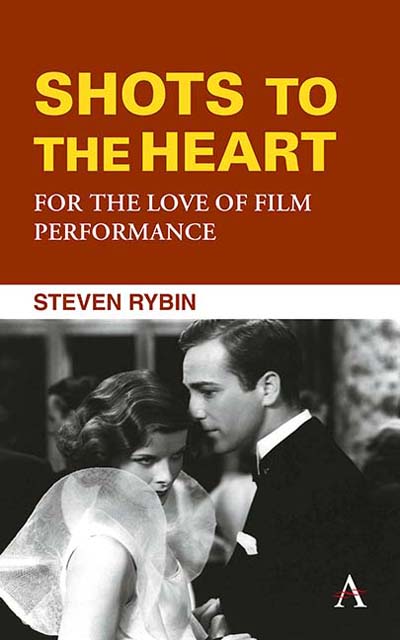Summary
Keisuke Kinoshita's film The Girl I Loved (1946) is beautifully attentive to its performers: it sees them not only as people playing characters, but also as generative contributors to a cinematic tapestry. Kinoshita's cinema looks at people with languorous attentiveness, not possessive but lingering, open to the continual challenge of gesture and movement, and to the possibility of performance to create rhymes with the film's own movements and gestures. In one sequence, Kuniko Igawa (Figure 3), playing a young woman named Yoshiko, is washing up after a day of work, cleaning her face, and changing her dress, a transition from her character's workday in her rural village to something more interior, a little more private. After spying something on the top shelf as she goes about this business, Igawa looks outside. She then grabs a small suitcase from the shelf. Kinoshita cuts to a long shot of Igawa taken from an opposite angle outside the house, as she runs out of the house and toward the other side. As Igawa runs, Kinoshita slows the framerate slightly—he will do this for poetic effect at various junctures throughout the film—and throws the middle and background out of focus, which renders Igawa's temporarily slowed movement toward the camera very like a dream; she eventually drifts closer to the camera, ending the shot in a focused close-up (and in a framerate restored to normal speed) as she removes a dress from the small case. Here it is the actor's movement, and not the camera, which creates a change in shot distance, giving the performer pride of place in the gradual unfolding and modulation of mise en scène and the frame. But it is also the effect of the camera, and here of its shallow focus, to fetishize the movement of the body toward the lens even as Igawa herself remains, for a moment, slightly blurry, visually inaccessible. Kinoshita’s, and our, attention is then diverted for a moment to the dress, which once belonged to her mother, and which Yoshiko plans to wear the day she gets married. She hooks the dress to a tree branch to air it out; shadows of the dress and of the branches play across her face.
- Type
- Chapter
- Information
- Shots to the HeartFor the Love of Film Performance, pp. 13 - 20Publisher: Anthem PressPrint publication year: 2022

